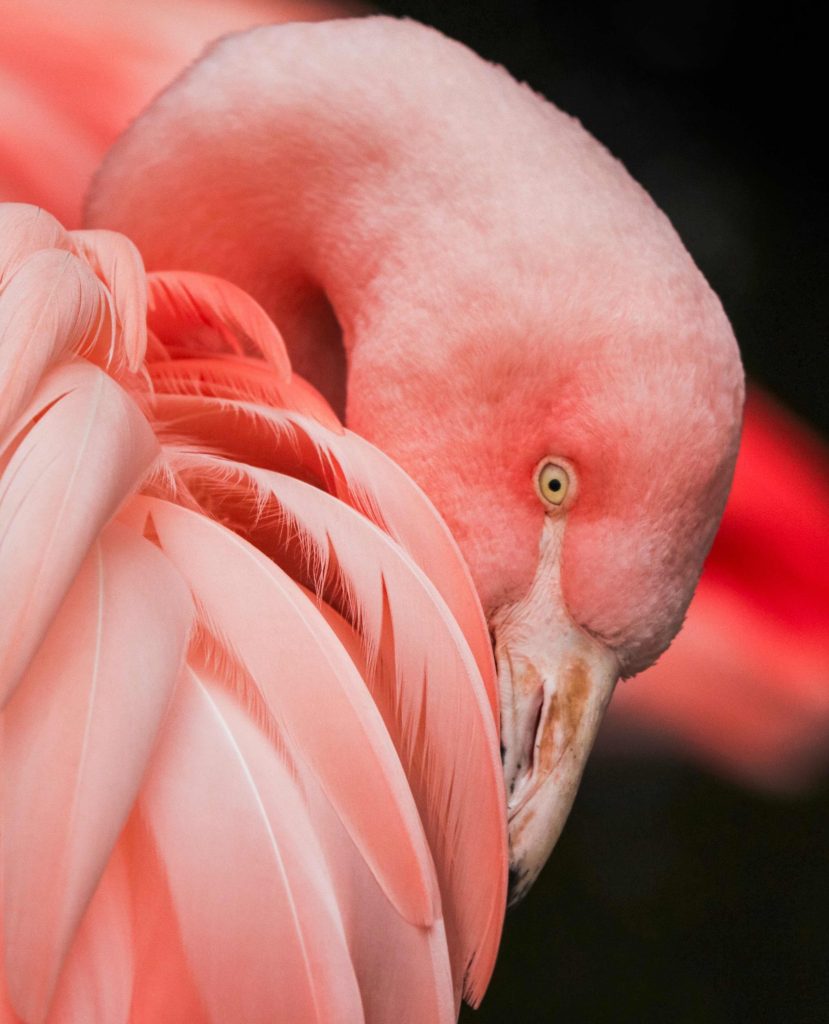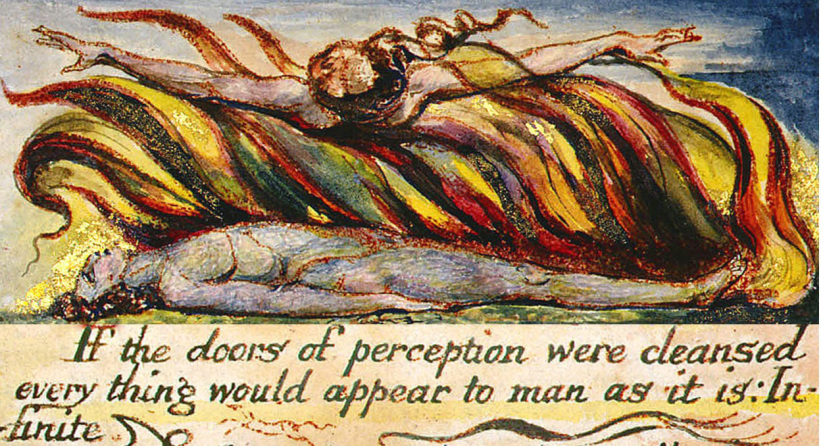Butterfly Effect
Next September, find a view above an Appalachian
gap – the place where a ridge of rolling mountain tops
declines into a break, hillsides dipping and rising
on either side of a narrow trail made by paws and moccasins
and boots. Stand in the cold before sunrise where,
in the shadow of those hills, the leafy tops of oak
and poplar, ash and walnut seem feathered grey
and beige in misty air below. And wait.
Wait for the sun’s first gold to strike that canopy, transform
the mist into a thin vapor and warm the pale feathers
into orange opening wings, a hundred then a thousand
glowing spots fanning out into an auburn blanket
over every branch above the dew-soaked slopes’ dark
green rhododendron tangles. Stand sun-struck
as those new-lit wings begin to rise in twos and threes, more
and more bright sparks flickering into the blue
until they become silhouettes and gather
into a cloud that vanishes off into southern sky.
If a billion fewer Monarchs traverse the air’s
invisible road today than twenty years ago, what difference
can it make? Scientists say the flutter of just one butterfly’s wings
can change the weather days from now. They do not know
a way to calculate what that change will be
among the million possibilities; they call their study
chaos theory. While volcanic ash covers farms in the Pacific
and firestorms roar across the Australian Bush, those mathematicians
leave us here without a cause that can be named
to stand high on this ridge, transfixed by glowing flames
as they ascend into the sun.






